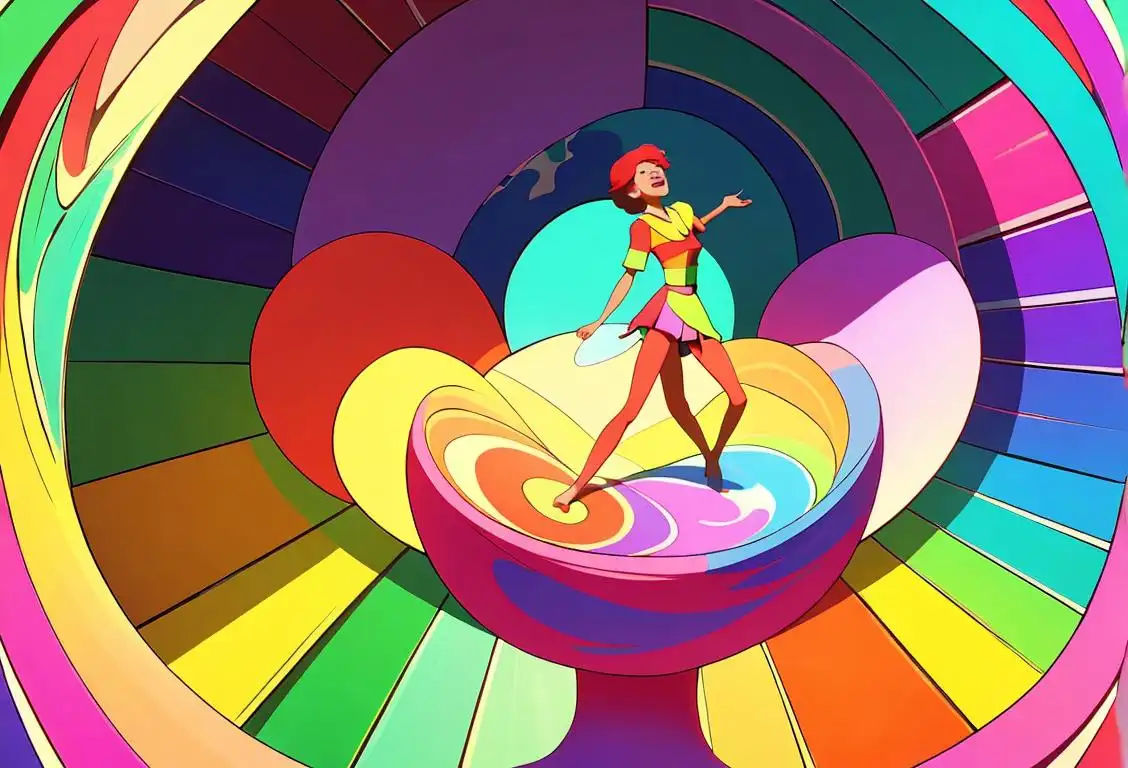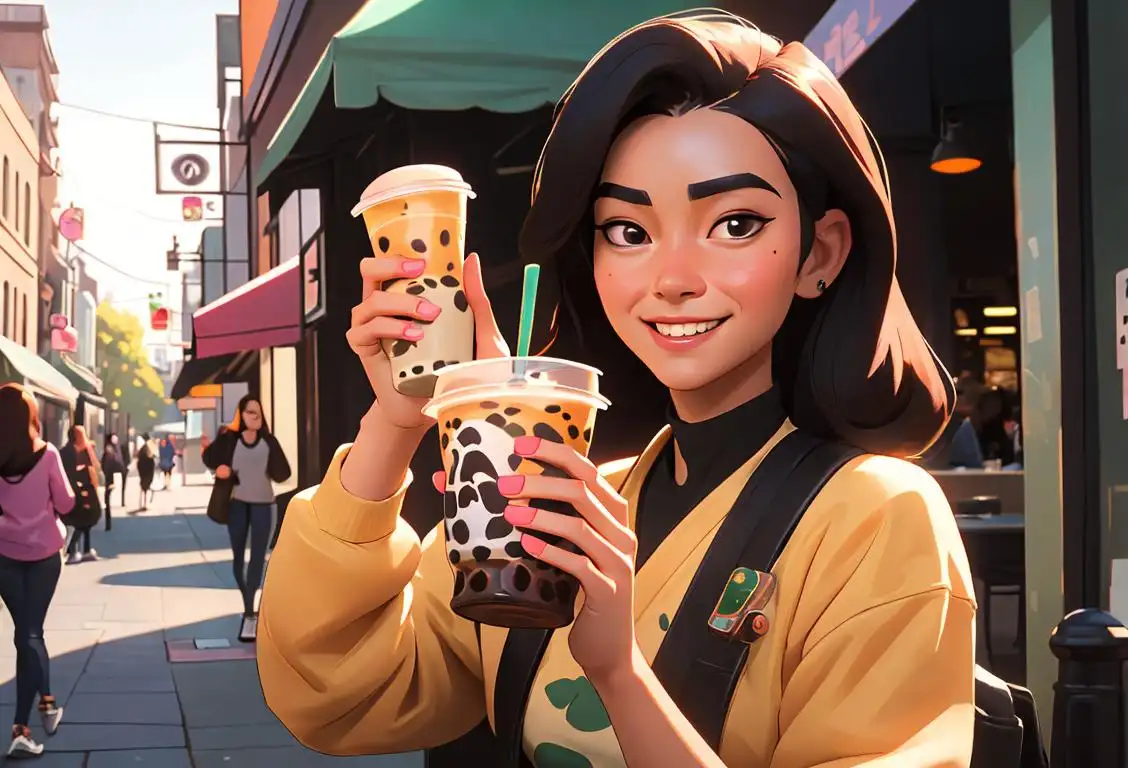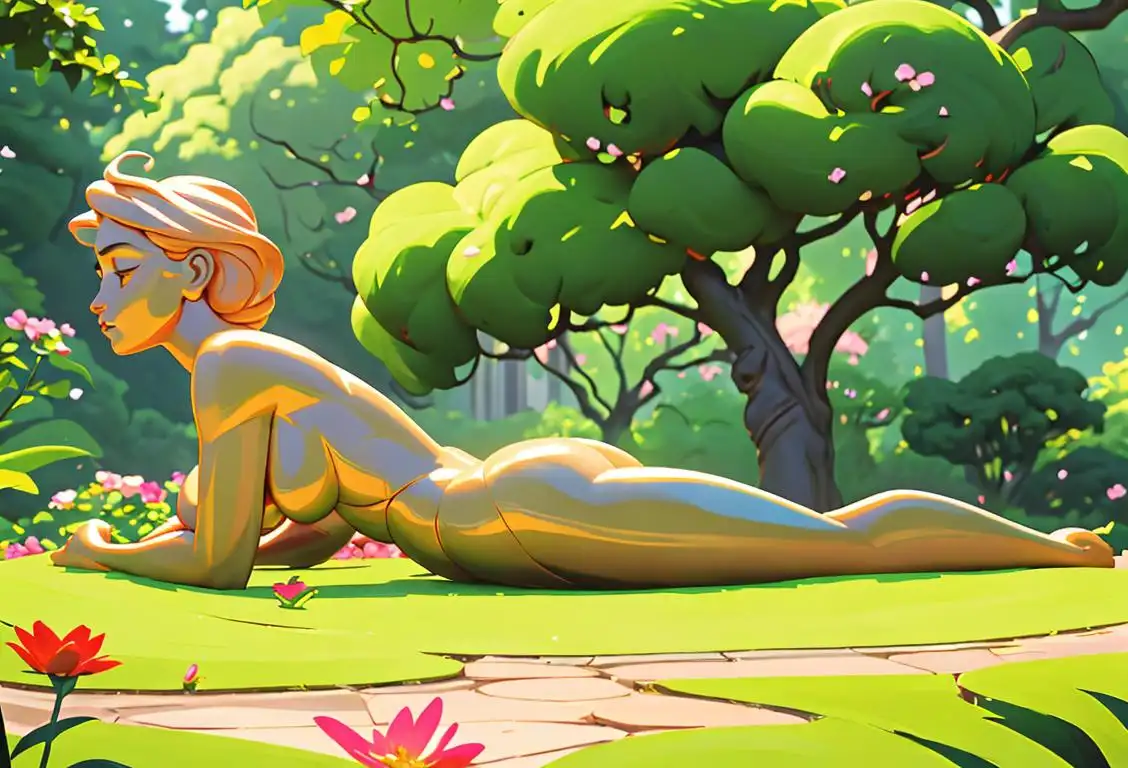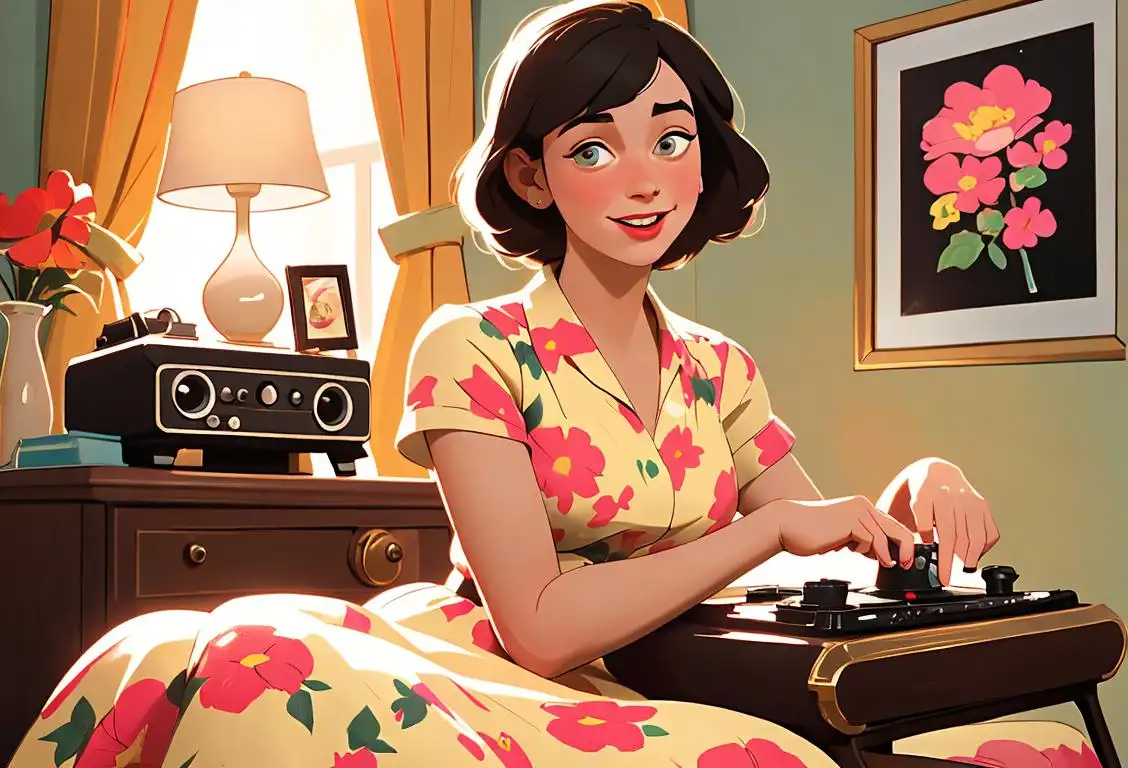National Durag Day
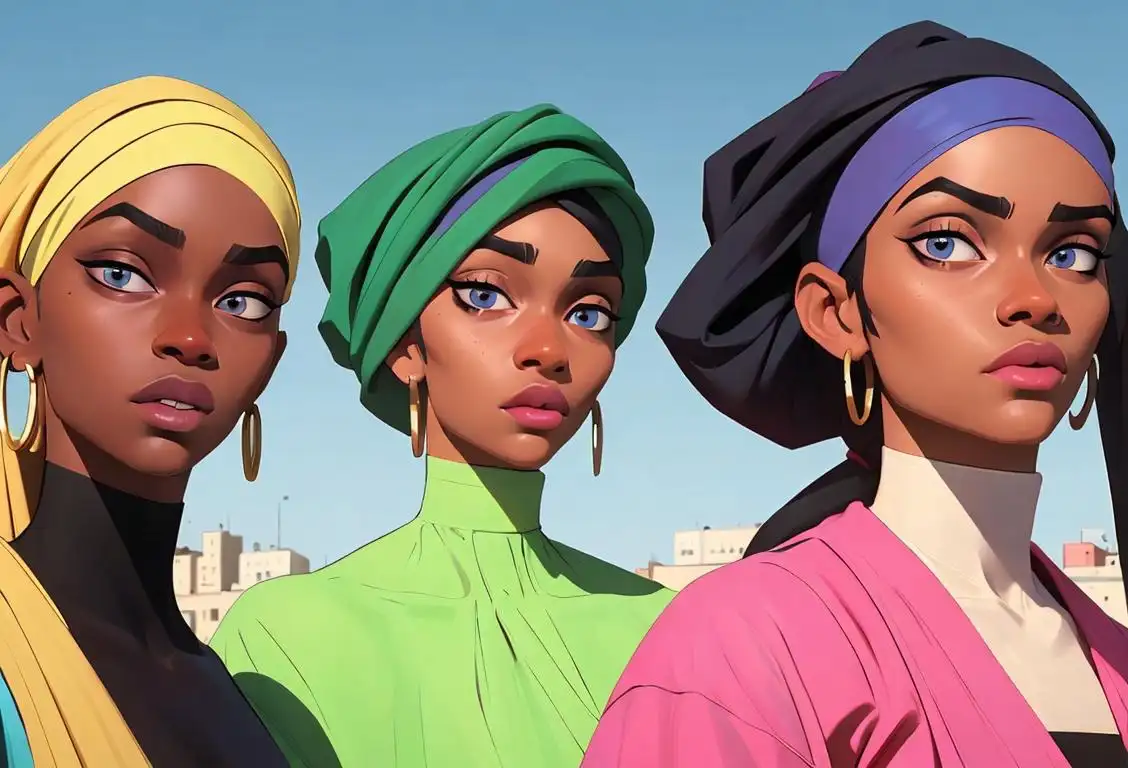
Let's roll out the velvet carpet for the underdog of the fashion accessory world, celebrating our 'headgear hero' on National Durag Day! Wave hello to a day dedicated to showcasing personal style and culture, embodied in a simple, yet versatile, cloth tied around the head.
When is Durag Day?
It's national durag day on the 19th October.
Just 'Head'-ing Into Culture and Style
Started as a trend in the African-American community during the Harlem Renaissance, the durag has moved from a symbol of oppression to a signifier of creativity, swag, and fierce individuality. With 4493 mentions online and the largest wave (pun intended) on October 19, 2017, National Durag Day has transformed a casual accessory into a profound cultural celebration.
The Rise of the Durag Dynasty
The durag has enjoyed its journey from taboo to trendy, becoming a fashion statement for pop stars, rappers, and athletes. Most importantly, it's a beacon of resistance and resilience within a community, cementing a unique identity with unapologetic confidence- all wrapped up (literally) in a piece of cloth!
Celebrating National Durag Day
Don your durags and embrace the rebel in you. Flaunt your waves, curves, and coils, or protect your braids, locks, and weaves. Embody what the durag stands for: strength, creativity and individuality. Advocate for cultural acceptance in a world too quick to judge. Share dazzling durag pics on social platforms, tag your friends, and turn National Durag Day into a vibrant, virtual carnival of coiffure.
History behind the term 'Durag'
1839
Early Origins
The history of the term 'durag' can be traced back to the early 19th century. In 1839, an African American woman named Nydia Delores Thomas created a headwrap made of stretchy material to protect her hair while she slept. This headwrap, known as the 'hair scarf,' was the predecessor to the modern-day durag.
1930s
Rise in Popularity
During the 1930s, the 'hair scarf' evolved into a more fashionable item, thanks to the efforts of a hairstylist named Annie Turnbo Malone. Malone, an entrepreneur and philanthropist, created a line of hair care products for African American women and included the 'hair scarf' as part of her product package. This move popularized the use of the headwrap among African American women and set the stage for its future significance in the community.
1940s-1950s
The Birth of the Durag
In the 1940s and 1950s, the 'hair scarf' continued to evolve and find its purpose. African American men started borrowing the headwrap from their female counterparts and began wearing it themselves. This led to the development of a male-centric version called the 'durag.' The durag served as a protective covering for hairstyles, helped to maintain waves and braids, and became a symbol of style within the African American community.
1980s-1990s
Hip Hop and Cultural Influence
The 1980s and 1990s marked a significant period for the durag, as it gained immense popularity within the hip hop and rap music scene. Artists like Snoop Dogg and 50 Cent incorporated the durag as a fashion statement into their wardrobe, showcasing its cultural importance. The durag became a symbol of both style and identity, representing the resilience and pride of the African American community.
2000s-Present
Mainstream Acceptance and Fashion Statement
From the 2000s onwards, the durag has made its way into mainstream fashion and culture. It has become a style accessory embraced by people of all backgrounds, not limited to African American communities. The durag is now often seen on runways, in fashion magazines, and worn by celebrities, further solidifying its place as a fashion statement and cultural icon.
Did you know?
Did you know that 'durag', also spelled 'do-rag', is believed to be a combination of the phrases 'hairdo rag' and 'dew-rag'?Tagged
awareness fun celebration personal culture styleFirst identified
7th November 2016Most mentioned on
19th October 2017Total mentions
4493Other days
Durag Day
Moving To Canada Day
Colors On Day
Boba Day
Bum Day
Chloe Day
Josh Day
Thug Day
Love Your Pet Day
No Children Day

